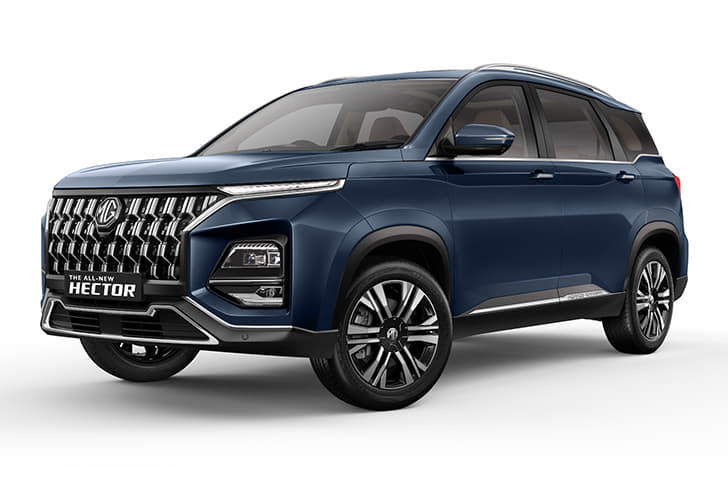Tyres are a crucial part of everyday motoring, as multiple factors like ride quality, road noise and braking are dependent on them. And while most people stick to the stock set, upgrading wheels and tyres is now a growing trend.
However, is it really necessary to upgrade? What if you want to stick to the stock wheel-tyre combo? That's not an issue at all. Manufacturers do extensive research and testing before finalising the right size of wheel and tyre to achieve the right balance between performance, comfort and efficiency. Although in some cases, cars are under-tyred in the interest of efficiency. So if you would like to upsize for better performance, or even aesthetics, we have simplified it for you. But before getting into that, let’s first give you a better understanding of tyre markings.

What’s the right size?
One of the things to keep in mind while upsizing is to not move too far away from the standard total diameter of the tyre.This creates problems with the ride and handling balance, causes damage to suspension components, maybe even to the wheel arches. Also the width should not be beyond the wheel arch for safety reasons, and to prevent the tyre from grazing the wheel arch when turning. Bear in mind that a wider tyre will help the stability of the car and increase grip. The ride quality will improve, but on the flip side, it will reduce the car’s top speed, affect fuel efficiency and increase the steering effort. Also, a larger rim with a smaller sidewall will help cornering grip due to less sidewall flex but this will impact ride quality.
While upsizing, it is recommended to stay within 3 percent from the total diameter of the tyre. Tyre width is inversely proportional to the sidewall height, so if you want to go for wider tyres, the corresponding sidewall height will have to go down.
Let’s use the Swift Z variant as an example and upsize it for easier understanding. You can calculate the total diameter of the tyre by adding the wheel rim size to the sidewall size. The Z variant has 185/65 R15 tyres. Here, 185 is the width in millimetre, 65 is the aspect ratio and 15 is the rim diameter in inches (1 inch = 25.4 mm).
Total diameter of the tyre
= (Sidewall width) x 2 + rim diameter
= (65 percent of 185) x 2 + (15 x 25.4) mm
= 621.5mm
Now, you can keep the rim size constant and go for wider tyres, or get different profile tyres. Below are some of the options to which you can upgrade, which are within the 3 percent range of the standard total diameter of the tyre.
For 15-inch rims -
215/60 R15 (2.82 percent),
205/60 R15 (0.89 percent)
For 16-inch rims -
225/50 R16 (1.59 percent),
205/55 R16 (1.67 percent)
For 17-inch rims -
255/40 R17 (2.3 percent),
225/45 R17 (2.06 percent)

Upsizing is surely the way to go if you want to enhance your car’s ride and handling characteristics. However, you have to understand the pros and cons and upsize accordingly. Do your research thoroughly and find a size that best suits your requirements. Don't go by a tyre size based on the dealer's recommendation, as he could be just trying to clear stock. Done right, upsizing can also improve the safety of your vehicle and deliver an enjoyable drive experience in addition to the improved aesthetics.






























